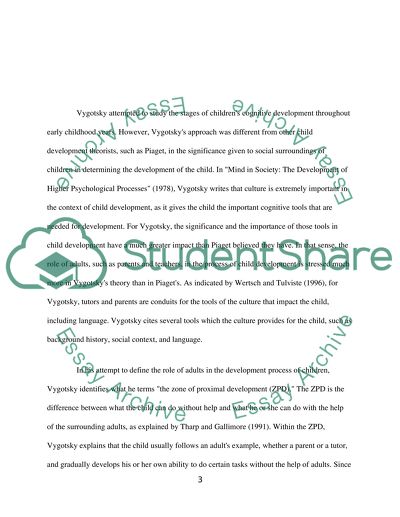Cite this document
(“Social Constructivism Research Paper Example | Topics and Well Written Essays - 2250 words”, n.d.)
Social Constructivism Research Paper Example | Topics and Well Written Essays - 2250 words. Retrieved from https://studentshare.org/psychology/1447087-social-constructivism
Social Constructivism Research Paper Example | Topics and Well Written Essays - 2250 words. Retrieved from https://studentshare.org/psychology/1447087-social-constructivism
(Social Constructivism Research Paper Example | Topics and Well Written Essays - 2250 Words)
Social Constructivism Research Paper Example | Topics and Well Written Essays - 2250 Words. https://studentshare.org/psychology/1447087-social-constructivism.
Social Constructivism Research Paper Example | Topics and Well Written Essays - 2250 Words. https://studentshare.org/psychology/1447087-social-constructivism.
“Social Constructivism Research Paper Example | Topics and Well Written Essays - 2250 Words”, n.d. https://studentshare.org/psychology/1447087-social-constructivism.


